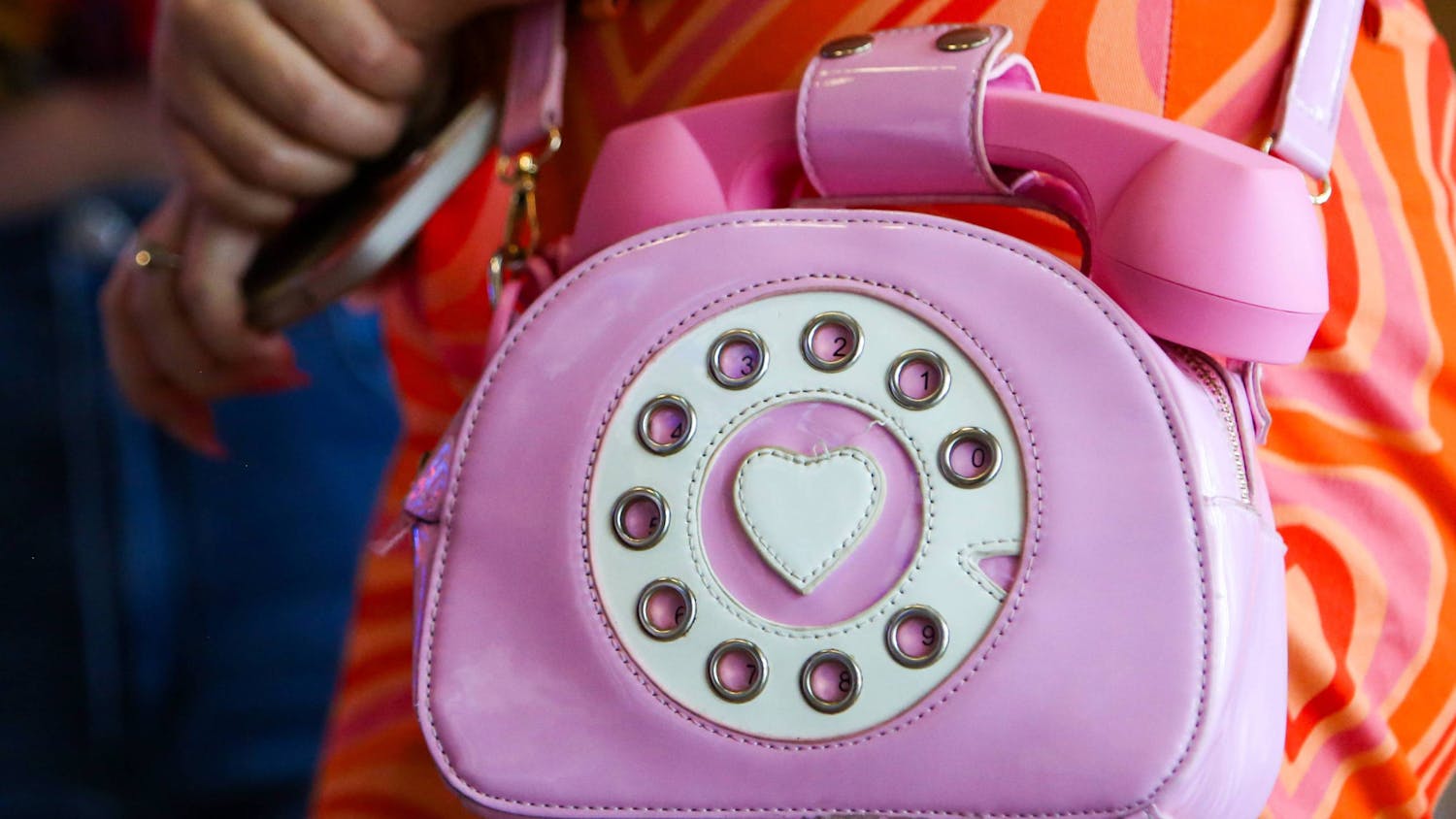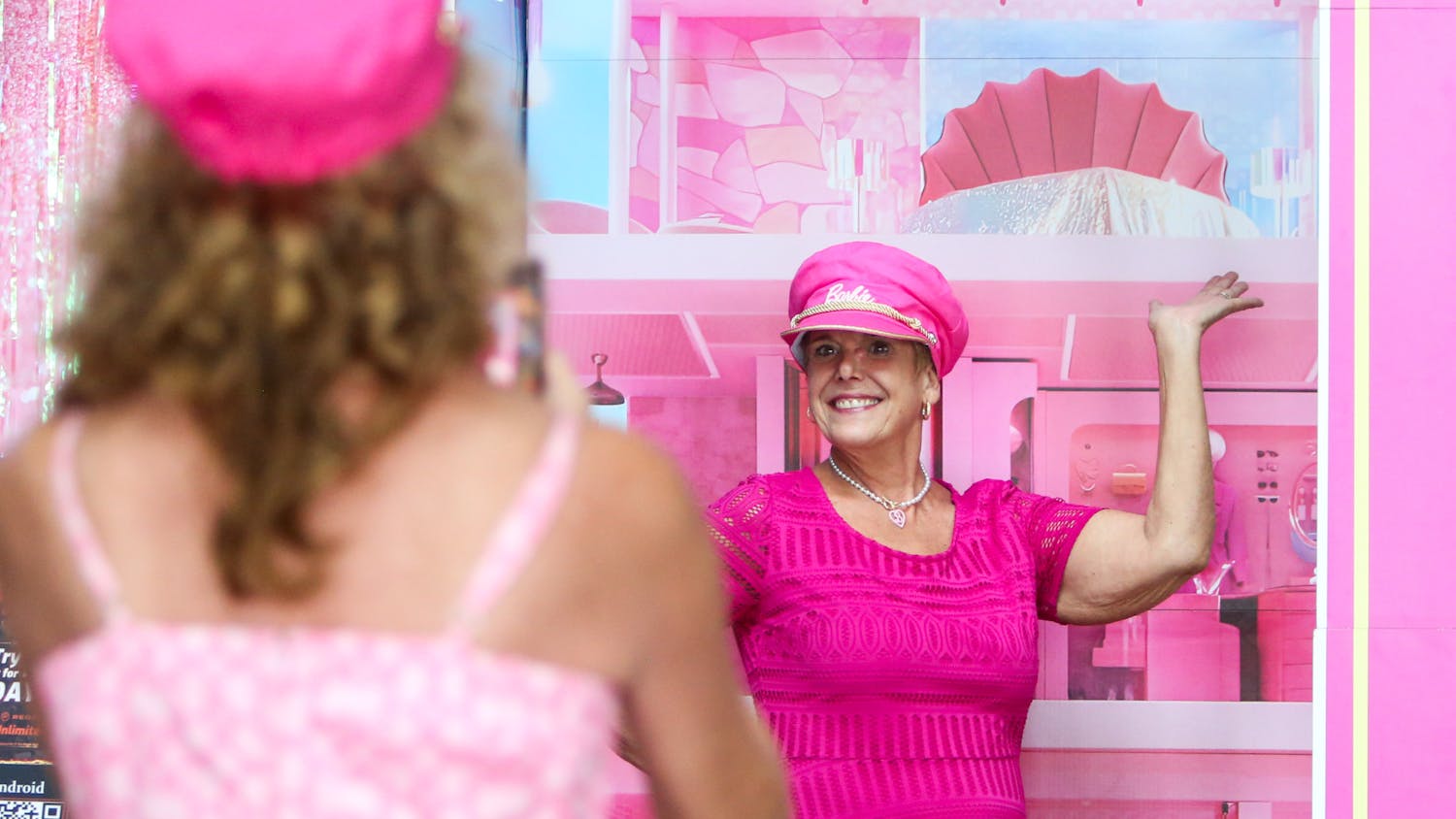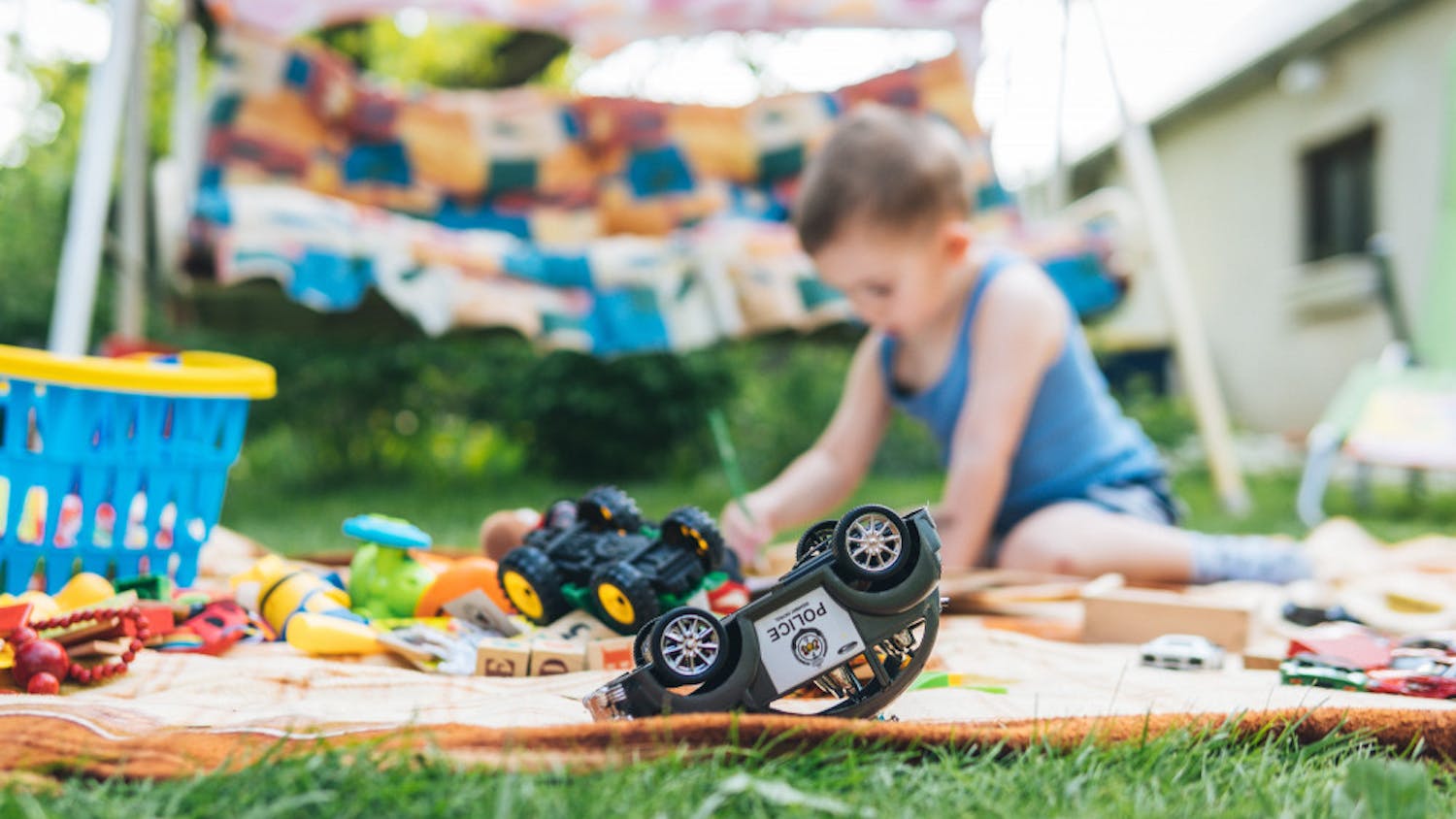The new generation of Barbie dolls represents many different kinds of women of different shapes and sizes. For many little girls, these dolls aren’t sidekicks – they ARE Barbie. Often for girls they symbolize an ideal to aspire to. Many of Barbie’s incarnations have been different professions, including careers in the military, medicine and public service. The point of these has been to show girls this message: “You can do it, too!”
The variation among these new and different Barbies is great and represents progress for the company. It is an especially pronounced far cry from a company that previously had a vice president of design defend the original doll’s unrealistic proportions, operating under the premises that it made the doll easier to dress and it was silly to think girls compared themselves to Barbie. As is now well-known, this is false. According to a Time magazine article reporting on the new dolls, “A 2006 study published in the journal Developmental Psychology found that girls exposed to Barbie at a young age expressed greater concern with being thin, compared with those exposed to other dolls.”
Barbie is no longer cookie-cutter; she represents many more women than she did before. Few, if any, people could claim their bodies matched the original Barbie’s proportions, even if they were tall, skinny and blonde. Barbie can now encapsulate multiple bodily sensibilities.
While Barbie is a fictional character, one would be reluctant to say the characters we grow up with don’t have an impact on ourselves and how we understand the world around us. In fact, dolls such as Barbie have been shown to have an effect on self-esteem. In the Clark doll experiments in the 1940s, black children were placed in front of a black doll and a white doll and asked to point to the doll that had a certain quality. For questions like, “Which is the pretty doll?” or “Which is the nice doll?” the answer was always the white doll. But for questions like, “Which is the bad doll?” or “Which is the ugly doll?” the children pointed to the black doll. In a particularly heartbreaking part of the segment, the children were asked which one looked most like them, and they pointed to the black doll, showing how they may have internalized these perceived negative qualities.
There’s a long way to go, with representation for Asian Americans in particular lacking among the different body types. The move toward different body types raises more questions than it answers. How did they decide on the proportions? When more dolls are created based on real people, what body type will they use? Will each career now be available in each body type?
The Barbie website makes it look like the variation in doll types is just for the “Fashionistas” line, and all the other dolls will remain original. Why can’t a game developer be curvy, petite or tall? How will stores decide which dolls get shelf space and which don’t? Much of the progress that Mattel has made could be meaningless if the dolls are not available in stores and if it doesn’t reveal more about how these types of decisions will be made. I hope they don’t think that now they’ve made their dolls more representational, they are “off the hook” when it comes to all future discussions of the influence dolls have on a girl’s body image.
Nicole Dan is a UF political science sophomore. Her column appears on Mondays.





